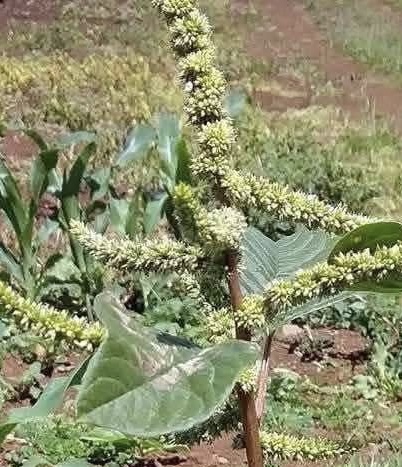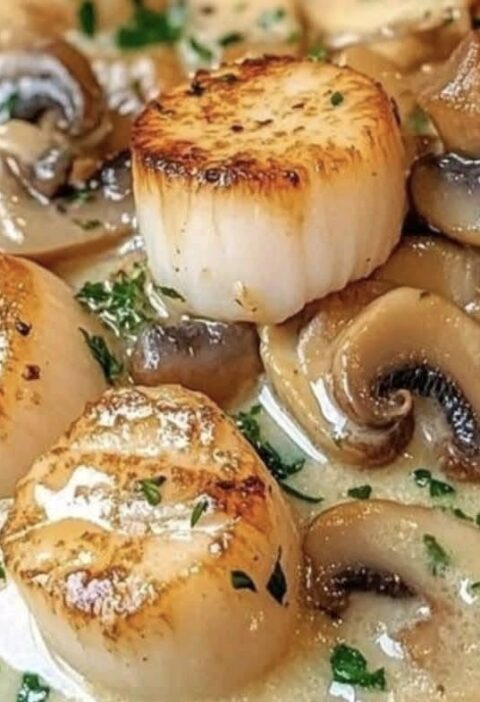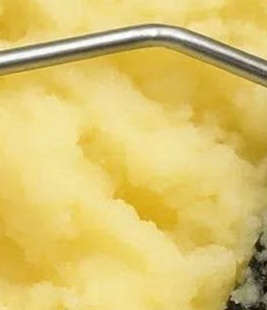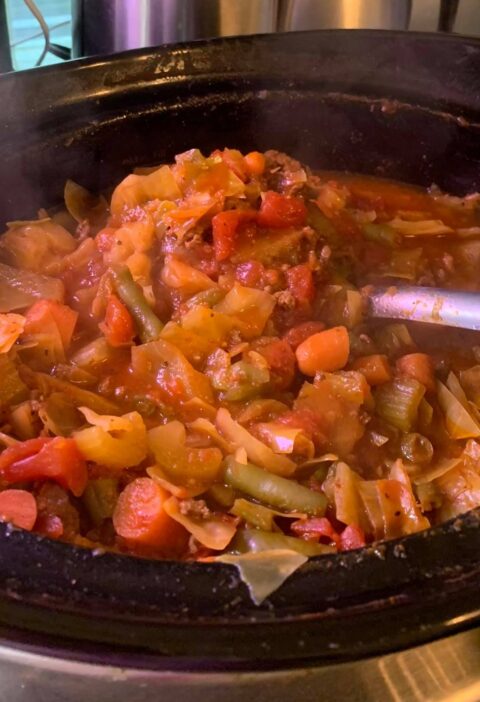Unveiling the Amazing Health Benefits of Pigweed: A Hidden Gem in Your Garden
Often dismissed as a stubborn weed, pigweed is actually a nutrient-dense powerhouse hiding in plain sight.
Known scientifically as Amaranthus, pigweed is rich in vitamins, minerals, and antioxidants that offer a range of health benefits.
From supporting heart health to boosting digestion and providing plant-based protein, this wild green is a versatile addition to your kitchen and your wellness routine. With a long history in traditional medicine and global cuisine, pigweed deserves a second look—not just as a survivor in your garden, but as a superfood you’ll want on your plate.
Ingredients
Fresh pigweed leaves (young and tender preferred)
Water for boiling or steaming
Optional seasonings: garlic, olive oil, salt, lemon juice, onion, or chili flakes
Instructions
Harvest young pigweed leaves and tender stems from a clean, chemical-free area. Rinse thoroughly under cold water to remove dirt and grit.
Bring a pot of water to a boil and blanch the leaves for a few minutes until wilted and tender.
Drain and rinse under cold water to stop the cooking process. Sauté with garlic and olive oil or mix into soups, stews, or omelets. You can also steam or stir-fry it depending on your preference.
How to Make
After harvesting, make sure to clean pigweed thoroughly. Boiling helps remove any bitterness and makes the leaves more digestible.
Once cooked, pigweed can be used similarly to spinach or kale. Sautéing with aromatics like garlic and onion enhances its earthy flavor, while a squeeze of lemon adds brightness.
It blends well into a wide range of dishes or can be enjoyed on its own as a simple side.
Variations
Try using pigweed in place of spinach in recipes like frittatas, quiches, or lentil soups. Blend it into green smoothies for a nutrient kick, or mix it with grains like quinoa and brown rice for a hearty salad.
In some cultures, it’s stewed with tomatoes and spices or added to flatbreads and dumplings.
You can also dry the leaves and crush them into powder for use in teas or seasoning blends.
Tips
Always harvest pigweed from areas free of pesticides or pollution. Younger leaves are more tender and flavorful, while older stems can be fibrous.
Blanching or steaming before cooking helps preserve nutrients and reduces any potential bitterness.
Combine pigweed with other greens or protein-rich foods to create balanced, satisfying meals. Store fresh leaves in the fridge and use within a few days for best results.
Conclusion
Pigweed may be overlooked in many gardens, but its impressive nutritional profile and culinary versatility make it a true hidden gem.
Rich in vitamins A and C, calcium, iron, and plant-based protein, it’s a simple yet powerful way to support your health naturally. Once you start experimenting with it in your kitchen, you’ll wonder why you ever thought of it as just a weed.







